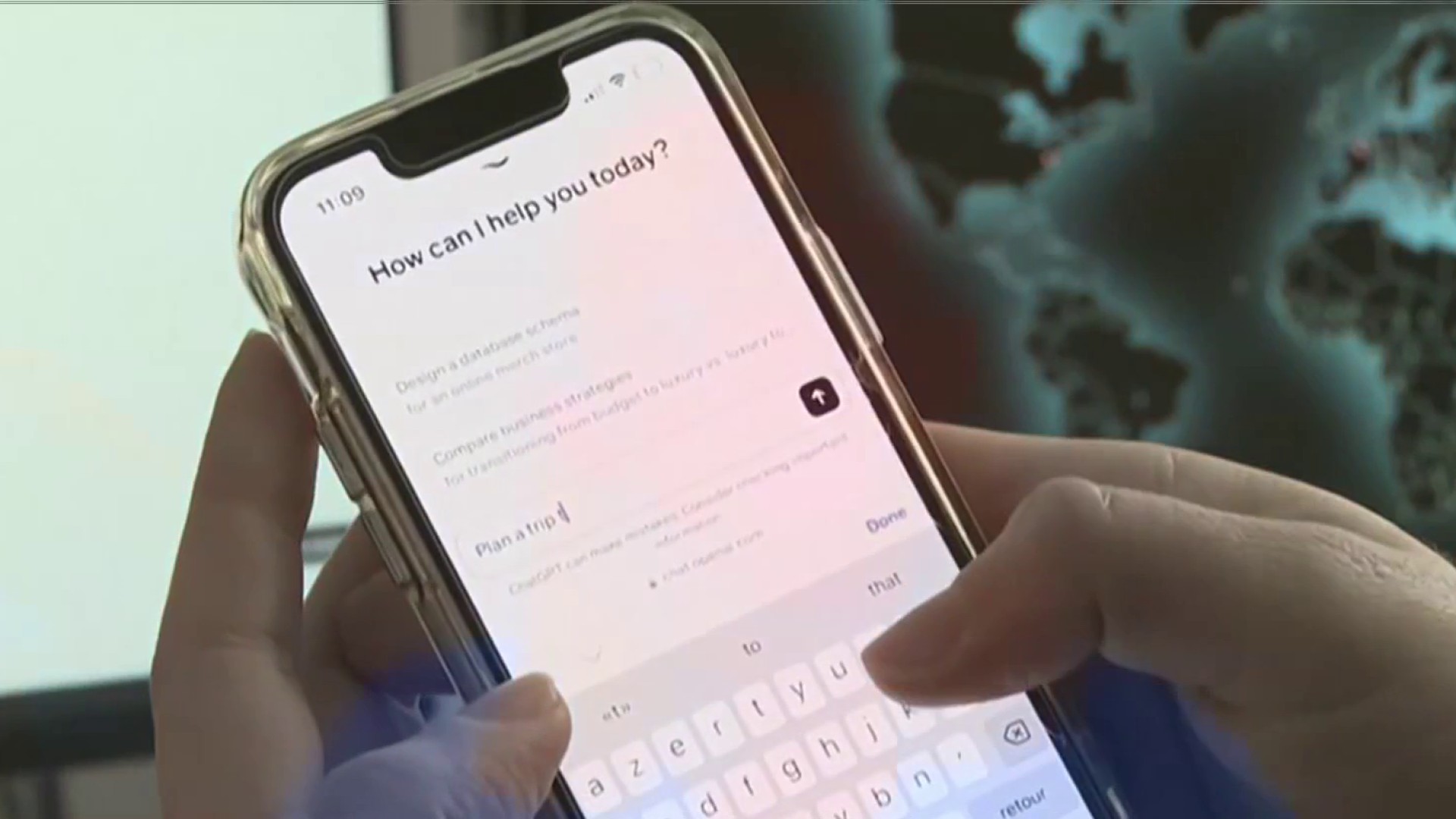Mark Strand, a married father of three from Nokesville, Virginia, said he knew something was wrong when he went in for testing.
"I was having daily fevers and low-level fevers, not super high," he recalled.
Eventually, a PET scan revealed a mass at the top of his head — a brain tumor. Fortunately, it was benign, but he would need surgery to have it removed.
"It's pretty scary," said Strand, 68. "The two things you really don't like the idea of anyone cutting on you for — and that's your spine and your brain, because the consequences of something going wrong are so great."
The prospect of brain surgery is certainly daunting, but new technology is helping D.C.-area doctors be more precise than ever before.
'This technology allows us to leave the operating room with confidence that we've removed the complete tumor'
Strand was among the first patients in the D.C. area to have brain surgery inside the new state-of-the-art Verstandig Pavilion at MedStar Georgetown University Hospital.
"This is the most technologically advanced operating room, really, anywhere in the world right now," said Dr. Christopher Kalhorn, the neurosurgeon who led the operation. "We can bring the MRI machine directly to the patient and verify that we've achieved our surgical goals in terms of a complete resection of the tumor."
Unlike other operating rooms, this one is equipped with a moveable MRI system that slides on a track, allowing doctors to take scans during surgery in real time.
"Our previous workflow was such that we would do a surgery in an operating room like this," Kalhorn said. "The following day, we would do an MRI outside of the operating room, and unfortunately, it's not a rare event in neurosurgery, especially with low-grade brain tumors, that we might see on a post-operative MRI, 'Wow, there's additional tumor that we could have removed. And this technology allows us to leave the operating room with confidence that we've removed the complete tumor."
The new process gives patients and their families peace of mind that their tumors are gone and eliminates the need for a second surgery.
Kalhorn says the technology can be used in other ways, too, including using the intraoperative MRI to treat patients with movement disorders, such as Parkinson’s disease, essential tremor and dystonia.
As for Strand, it's been several months since the delicate operation. A faint scar across the top of his head is the only sign that remains of the ordeal.
"The recovery was very smooth and very quick," Strand said. "The idea of brain surgery itself is something that was terrifying. And so the idea that they could then take you and fix it right away, and then a month later, you can be going about your life. In fact, two months after that, we went to Italy for my nephew's wedding."
He's celebrating his health and the cutting-edge technology that made it all possible. He says he feels great and doctors say he doesn’t need any additional treatment.
Kalhorn, who helped design the Verstandig Pavilion, says the new technology in the OR also allows them to zoom in other surgeons during surgery and consult with them during surgery.
The movable interoperative MRI system is the only one in the D.C. area and one of only four in the country.



